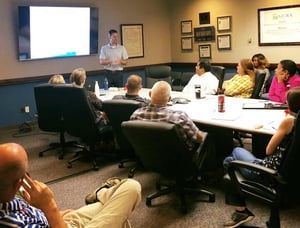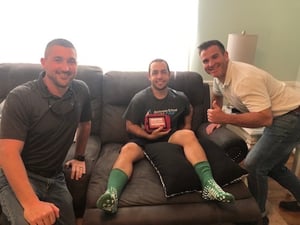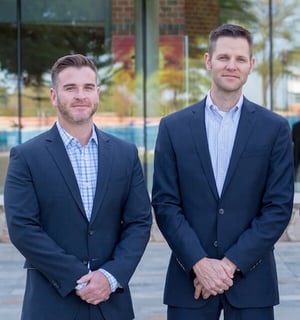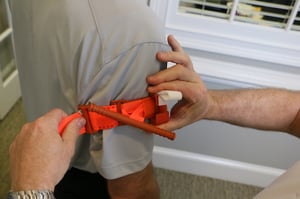For some organizations, such as South Carolina Public Schools, Active Shooter Training Drills are mandatory. They're a task on a to-do list and essentially a box that every school administrator is relieved to check off.
Depending on what company you work for, Active Shooter Response Training may be mandatory as well. Many organizations are now requiring on-site training, video training, or some form of blended learning for their entire workforce.
It's not a small task. In both scope and importance, Active Shooter Training is a major undertaking. So, how can you be sure you're doing it right? In other words, how do you provide training that's not forgotten as quickly as it's taught?
In this article, we'll point out training strategies that make an Active Shooter Training course successful, but first, we'll start by identifying some of the mistakes that could be undermining the training you're offering your team.
.png?width=499&height=133&name=Logo-menu%20(1).png)











